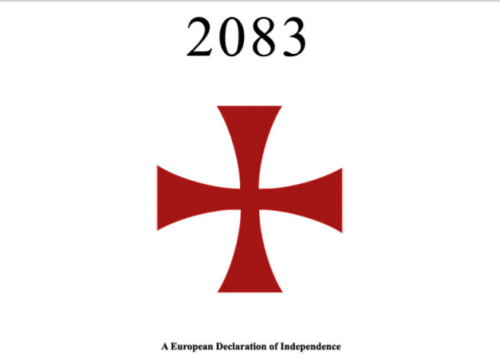
This article starts with a very straightforward proposition: that the prosperity of an economy and of the people in that economy is primarily a question of GDP per capita. Given that, we can measure the increase in New Zealand prosperity (if any) under John Key’s tenure by looking at the change in GDP per capita during that time.
The figures that this article uses are taken from the International Monetary Database. Here we calculate GDP on a price purchasing parity basis because we are ultimately trying to measure the change in standard of living.
In 2009, the GDP per capita of New Zealand was USD30,572. This placed us 37th in the world, just behind Italy, Japan and Spain, and just ahead of Greece, South Korea and Israel.
In 2016, the GDP per capita of New Zealand was USD37,294. This placed us 35th in the world, just behind South Korea (who leapfrogged us), Japan and Finland, and just ahead of Italy and Spain (who we leapfrogged) and Israel.
This makes for an increase of 22% over 7 years, which is about 2.9% per year if calculated on a compounding basis.
2.9% over a seven-year period can rightly be considered a decent effort of national economic stewardship from Mr. Key. That level of growth is far from remarkable, but it was enough to move us past a Southern European level of wealth and close to a Far East Asian level.
By way of comparison, the GDP per capita of New Zealand in 2000 was USD21,807, which makes for a 40% increase over the nine years of Helen Clark and Michael Cullen. This works out to just over 3.7% per annum.
Measured that way, the performance of the John Key economy was markedly poorer than the Clark/Cullen economy. However, one has to take into account that Key inherited a global financial crisis, and so it’s worthwhile comparing New Zealand to other nations instead of looking at absolute growth.
In the year 2000, New Zealand was considerably less wealthy than Italy (which had a GDP per capita of USD28,602), Japan (USD26,850) and Spain (USD24,053). It was also less wealthy than Australia (USD28,801), Britain (USD26,425) and America (USD36,433).
By 2009, the GDP per capita of New Zealand had increased from 76% of that of Italy to 89%; from 81% of that of Japan to 92%; and from 91% of that of Spain to 96%. Against other Anglo nations, the GDP per capita of New Zealand had decreased from 76% of that of Australia to 75%; had increased from 83% to 87% of that of Britain; and increased from 60% to 65% of that of America.
This means that under the Fifth Labour Government, New Zealand improved its position strongly against comparable countries, with the exception of the booming Australia.
By 2016, the GDP per capita of New Zealand had increased from 89% to 101% of that of Italy; had decreased from 92% to 90% of that of Japan; and had increased from 96% to 102% of that of Spain. Against other Anglo nations, the GDP per capita of New Zealand had increased from 75% of that of Australia back up to 76%; had increased from 87% to 88% of that of Britain; and remained at 65% of that of America.
This tells us that under the Fifth National Government, New Zealand improved its position against the Southern European countries but stayed the same compared to other Anglo ones.
Ultimately, therefore, we can see that New Zealand’s economic standing in the world is marginally better, in relative terms, after the Key Administration. Apart from the decline of Italy, New Zealand didn’t really improve in relative wealth. This contrasts sharply with the years under Helen Clark, during which time New Zealand improved strongly.



